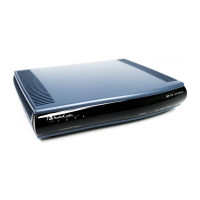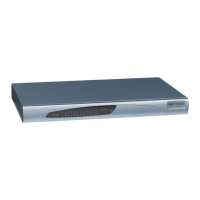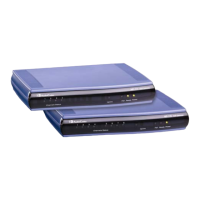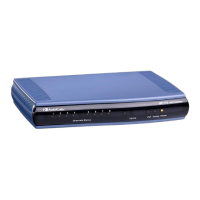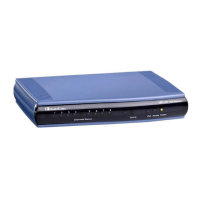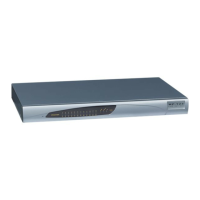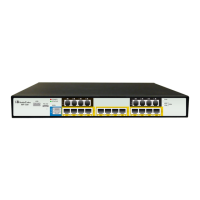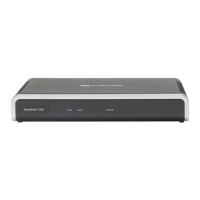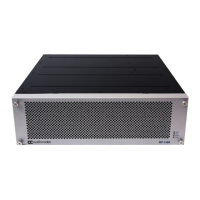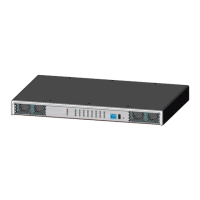Version 6.2 295 February 2011
SIP User's Manual 8. IP Telephony Capabilities
8.3.3.5 Advanced SAS Configuration
This section describes the configuration of advanced SAS features that can be optionally
implemented in your SAS deployment:
Manipulating incoming SAS Request-URI user part of REGISTER message (see
''Manipulating URI user part of Incoming REGISTER'' on page 295)
Manipulating
destination number of incoming SAS INVITE messages (see
''Manipulating Destination Number of Incoming INVITE'' on page 296)
Defining SAS routing rules
based on the SAS Routing table (see ''SAS Routing Based
on SAS Routing Table'' on page 298)
Bloc
king unregistered SAS UA's (see ''Blocking Calls from Unregistered SAS Users''
on page 298)
Defining SAS emergenc
y calls (see ''Configuring SAS Emergency Calls'' on page 299)
Adding SIP Reco
rd-Route header to INVITE messages (see ''Adding SIP Record-
Route Header to SIP INVITE'' on page 300)
Repl
acing SIP Contact header (see ''Replacing Contact Header for SIP Messages'' on
page 300)
8.3.3.5.1 Manipulating URI user part of Incoming REGISTER
There are scenarios in which the UAs register to the proxy server with their full phone
number (for example, "976653434"), but can receive two types of INVITE messages (calls):
INVITEs whose destination is the UAs' full number (when the call arrives from outside
the enterprise)
INVITES whose destination is the last four digits of the UAs' phone number ("3434" in
our example) when it is an internal call within the enterprise
Therefore, it is important that the device registers the UAs in the SAS registered database
with their extension numbers (for example, "3434") in addition to their full numbers. To do
this, you can define a manipulation rule to manipulate the SIP Request-URI user part of the
AOR (in the To header) in incoming REGISTER requests. Once manipulated, it is saved in
this manipulated format in the SAS registered users database in addition to the original
(un-manipulated) AOR.
For example: Assume the following incoming REGISTER message is received and that
you want to register in the SAS database the UA's full number as well as the last four digits
from the right of the SIP URI user part:
REGISTER sip:10.33.38.2 SIP/2.0
Via: SIP/2.0/UDP 10.33.4.226:5050;branch=z9hG4bKac10827
Max-Forwards: 70
From: <sip: 976653434@10.33.4.226>;tag=1c30219
To: <sip: 976653434@10.33.4.226>
Call-ID: 16844@10.33.4.226
CSeq: 1 REGISTER
Contact: <sip: 976653434@10.10.10.10:5050>;expires=180
Allow:
REGISTER,OPTIONS,INVITE,ACK,CANCEL,BYE,NOTIFY,PRACK,REFER,INFO,SUBSCRIBE,
UPDATE
Expires: 180
User-Agent: Audiocodes-Sip-Gateway-/v.
Content-Length: 0
After manipulation, SAS registers the user in its database as follows:
AOR: 976653434@10.33.4.226
Associated AOR: 3434@10.33.4.226 (after manipulation, in which only the four digits
from the right of the URI user part are retained)
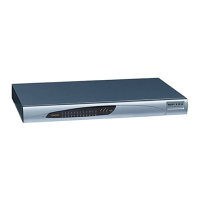
